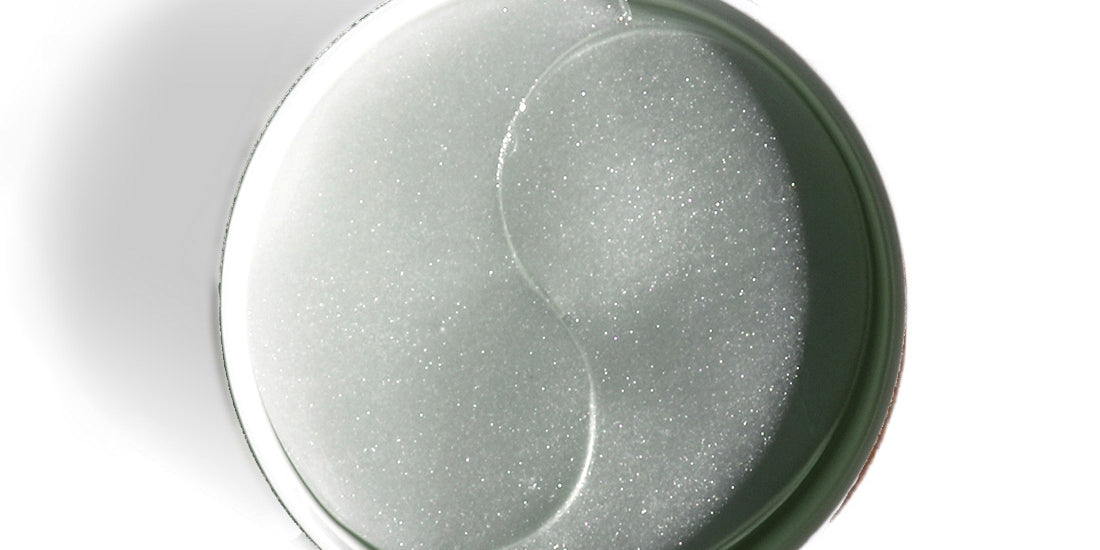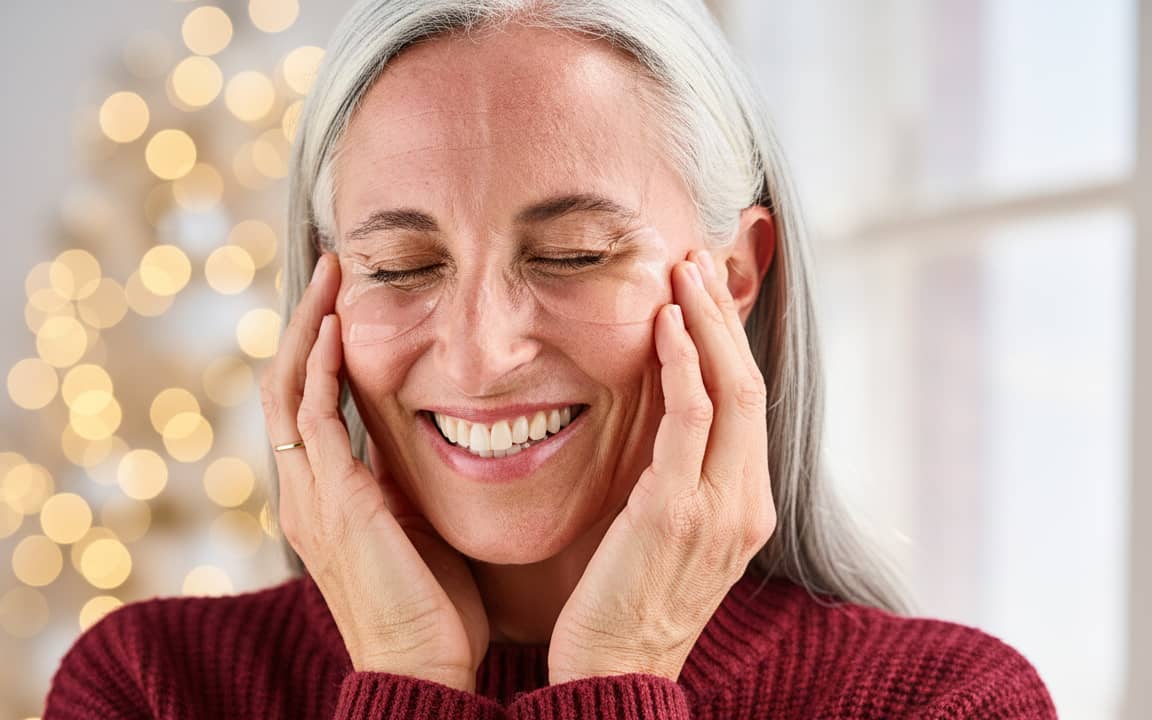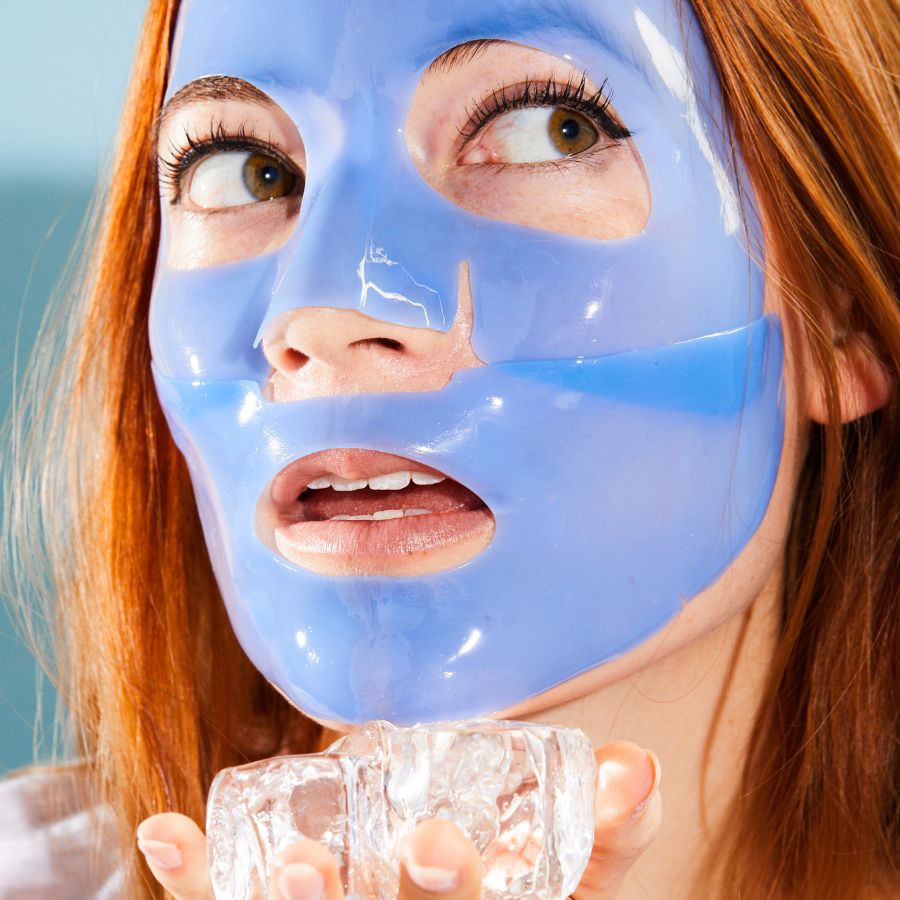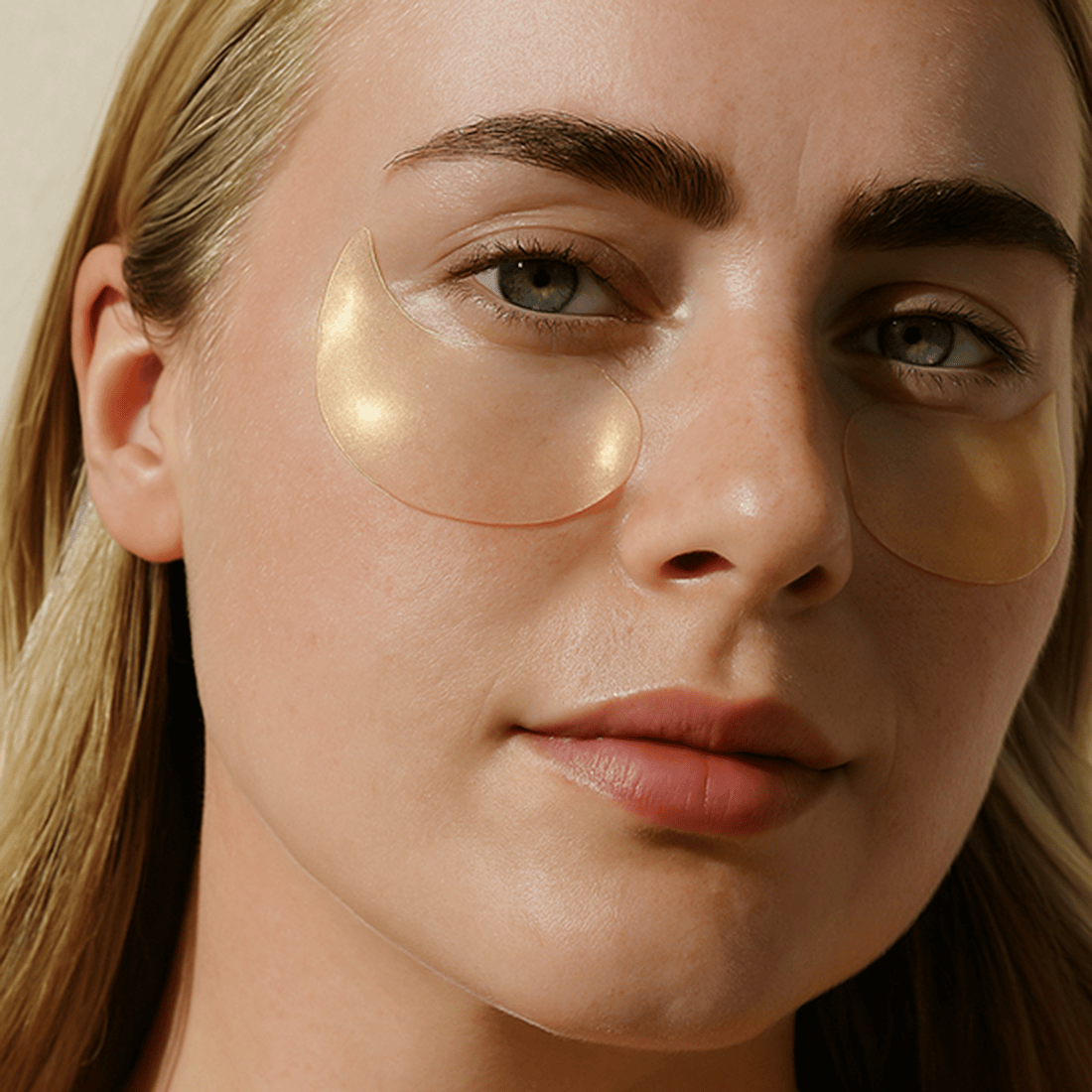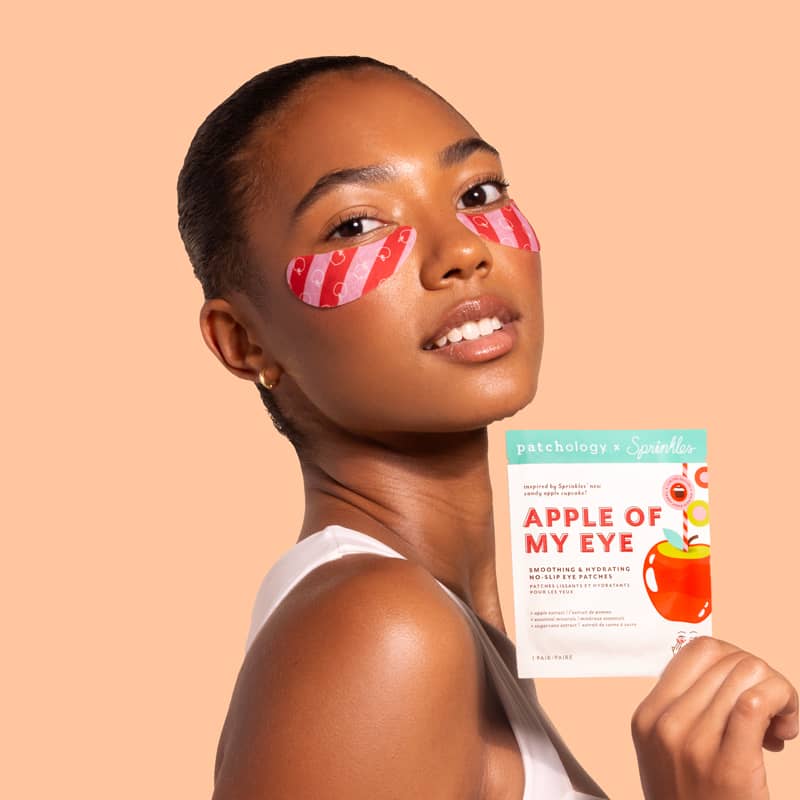Planning the perfect getaway? Don't let your skincare routine be an afterthought. Here's your complete guide to maintaining healthy, glowing skin no matter where your travels take you.
Whether you're jetting off to a tropical paradise, exploring a bustling city, or hitting the slopes, your skin faces unique challenges in every climate. The humid air of Bali affects your complexion differently than the dry desert winds of Arizona, and what works for a weekend in New York might leave you struggling in the mountains of Colorado.
The key to vacation skincare success lies in understanding how different environments impact your skin and adapting your routine accordingly. Too often, travelers pack their usual products without considering how altitude, humidity, temperature, and environmental factors will change their skin's needs. This oversight can lead to unexpected breakouts in tropical climates, severe dehydration in desert locations, or painful windburn in mountainous regions.
Your skin is your largest organ and your first line of defense against environmental stressors. When you travel, you're essentially asking it to adapt to entirely new conditions while maintaining its protective barrier function. This is why a one-size-fits-all approach to vacation skincare simply doesn't work.
In this comprehensive guide, we'll explore the specific skincare strategies needed for different climates, from the essentials that belong in every travel bag to specialized products for unique environments. You'll learn how to pack smart, protect effectively, and maintain that coveted vacation glow long after you return home.
Universal Vacation Skincare Essentials
Regardless of your destination, certain products form the foundation of any effective travel skincare routine. These non-negotiables protect your skin's basic needs while adapting to various environmental challenges.
Broad-spectrum SPF tops the list of universal essentials. According to dermatological research cited by Elle, UV exposure is the leading cause of premature skin aging, and this damage accelerates when you're outside your usual environment. Whether you're walking city streets, lounging on beaches, or hiking mountain trails, daily SPF protection is crucial. Look for a minimum SPF 30 for face and body, and choose formulations that won't break down in heat or humidity.

A gentle, effective cleanser serves as your skin's daily reset button. Travel exposes your skin to new pollutants, different water qualities, and varying climate conditions. Your cleanser needs to remove these environmental stressors without stripping your skin's natural protective barrier. Avoid harsh sulfates that can exacerbate dryness in arid climates or over-stimulate oil production in humid conditions.
Moisturizer with barrier repair properties becomes even more critical when traveling. Climate changes stress your skin's moisture barrier, leading to increased water loss and sensitivity. Choose products with ceramides, hyaluronic acid, or niacinamide to support your skin's natural repair processes.
Hydrating treatments provide an extra layer of moisture security. Sheet masks, serums, or hydrating essences offer concentrated hydration that can be adjusted based on your destination's climate demands. These products are particularly valuable for in-flight skincare and post-sun exposure recovery. On The Fly is a curated travel bundle that has you covered for hydrating essentials. This best-selling bundle includes: our top-rated Hydrate mask, Hydrating Lip Gels, Rejuvenating Eye Patches, and Restoring Night Eye Patches.
When selecting travel skincare products, prioritize formulations designed for portability and stability. TSA-friendly sizes eliminate airport hassles, while leak-proof packaging prevents messy luggage disasters, making any of our 5 pair eye gels or sheet masks ideal for travel. Multi-purpose products maximize space efficiency. Think tinted moisturizers with SPF or cleansing balms that remove makeup and sunscreen.
Stable formulations that won't separate or spoil in temperature fluctuations are essential for extended travel. Avoid products with high concentrations of vitamin C or retinol unless they're in stabilized formulations, as these can become ineffective or irritating when exposed to heat and light during travel.
Tropical & Humid Climate Skincare
 Tropical destinations present a unique set of skincare challenges that catch many travelers off guard. The combination of high humidity, intense UV radiation, saltwater exposure, and chlorinated pools creates a perfect storm for skin issues ranging from clogged pores to severe sun damage.
Tropical destinations present a unique set of skincare challenges that catch many travelers off guard. The combination of high humidity, intense UV radiation, saltwater exposure, and chlorinated pools creates a perfect storm for skin issues ranging from clogged pores to severe sun damage.
High humidity levels, while beneficial for preventing dehydration, can trigger excess oil production and lead to congested pores. The warm, moist environment becomes a breeding ground for bacteria, increasing the likelihood of breakouts just when you want to look your best in vacation photos. Meanwhile, the intense UV radiation near the equator and reflected off water surfaces accelerates sun damage, making comprehensive protection essential.
Saltwater and chlorine exposure add another layer of complexity. While ocean swimming can have therapeutic benefits, salt water draws moisture from your skin, while chlorine in pools can cause irritation and dryness. These factors require careful post-exposure care to maintain skin health.
For tropical climates, lightweight, non-comedogenic moisturizers prevent pore-clogging while providing necessary hydration. The increased humidity means your skin needs less occlusive moisture, so gel-based or water-light formulations work better than heavy creams. Water-resistant SPF 30 or higher becomes non-negotiable, and reapplication every two hours is crucial, especially after swimming or sweating.
Evening skincare should focus on thorough cleansing to remove sunscreen, sweat, salt, and environmental pollutants accumulated throughout the day. A clarifying cleanser helps prevent pore congestion without over-drying.
The All The Feels Sheet Masks becomes invaluable in tropical climates, offering targeted treatment for breakout-prone skin. Its clarifying formula helps prevent the congestion that often accompanies humid travel, while the convenient sheet mask format makes it perfect for hotel room use.
Professional skincare experts, as noted in recent Byrdie coverage, recommend establishing a post-beach routine that includes thorough cleansing followed by hydrating treatments to counteract salt and sun exposure. Rinse immediately after ocean swimming, gently cleanse with a sulfate-free formula, and apply a hydrating serum before moisturizer to lock in beneficial moisture. Look for hydrating, aloe-based skincare like Press Reset for post-sun days.
Managing makeup in humid climates requires strategic product choices. Opt for long-wearing, sweat-resistant formulations, and consider scaling back to a minimal routine that includes SPF, waterproof mascara, and tinted lip balm. Your skin will thank you for the reduced product load in challenging conditions.
Popular tropical destinations like the Caribbean, Southeast Asia, Florida, and Hawaii each present variations on these challenges, but the core principles remain consistent: lightweight hydration, consistent sun protection, and effective cleansing to prevent congestion.
Dry & Desert Climate Skincare
 Desert and dry climate destinations pose the opposite challenge of tropical locations, but they're equally demanding on your skin. Low humidity levels, persistent winds, extreme temperature fluctuations, and high-altitude UV exposure create conditions that can rapidly dehydrate and damage your skin.
Desert and dry climate destinations pose the opposite challenge of tropical locations, but they're equally demanding on your skin. Low humidity levels, persistent winds, extreme temperature fluctuations, and high-altitude UV exposure create conditions that can rapidly dehydrate and damage your skin.
The lack of moisture in desert air means your skin loses water at an accelerated rate. This transepidermal water loss leads to flaking, tightness, and increased sensitivity. Wind exposure compounds these effects, creating a sandblasting effect that can cause irritation and micro-tears in the skin's surface. Temperature swings from scorching days to cool nights further stress your skin's adaptive mechanisms.
High-altitude locations present additional UV challenges. For every 1,000 feet of elevation gain, UV intensity increases by approximately 10%. This means destinations like Scottsdale, Sedona, or high-desert locations expose you to significantly more radiation than sea-level environments, often catching visitors unprepared.
Rich, occlusive moisturizers become essential in dry climates. Look for formulations containing ingredients like ceramides, shea butter, or squalane that create a protective barrier to prevent moisture loss. These products should be applied to slightly damp skin to maximize hydration benefits.
Hydrating essences or serums provide an additional moisture layer. Products with hyaluronic acid, glycerin, or sodium PCA attract and bind water to your skin, creating a reservoir of hydration beneath your moisturizer.
The FlashPatch Hydrating Lip Gels address one of the most vulnerable areas in dry climates. Lips lack oil glands and are particularly susceptible to chapping and cracking in arid conditions. These targeted treatments provide intensive hydration and protection for this delicate area.

Intensive moisture treatments like the Hydrate FlashMasque offer concentrated hydration boosts when your skin feels particularly parched. The convenience of a 5-minute treatment makes it perfect for hotel room use, providing spa-level hydration without the time commitment.
Layering hydration becomes crucial in dry climates. Start with a hydrating toner or essence on clean skin, follow with a serum, and seal with a rich moisturizer. This technique, popularized in Korean skincare and highlighted in Marie Claire's climate-specific beauty coverage, maximizes moisture retention.
Protecting against wind damage requires strategic product application and coverage. Use scarves or hats to shield your face when possible, and apply a thin layer of occlusive balm to exposed areas like cheekbones and nose tips. These high points are most susceptible to windburn and require extra protection.
Destinations like the Southwest US, Middle East, Australia's outback, and high-altitude locations from Colorado to the Himalayas all present variations of dry climate challenges. The key is anticipating your skin's increased moisture needs and packing accordingly.
Mountain & Cold Climate Skincare
 Mountain and cold climate destinations present unique skincare challenges that combine altitude effects with harsh weather conditions. UV reflection from snow can double radiation exposure, while dry air, persistent winds, and extreme temperature fluctuations create a hostile environment for skin health.
Mountain and cold climate destinations present unique skincare challenges that combine altitude effects with harsh weather conditions. UV reflection from snow can double radiation exposure, while dry air, persistent winds, and extreme temperature fluctuations create a hostile environment for skin health.
Snow acts as a natural mirror, reflecting up to 80% of UV radiation back onto your skin. This means you're receiving UV exposure from above and below, dramatically increasing your risk of sunburn and premature aging. Many mountain visitors experience unexpected sun damage because they underestimate this reflection effect.
Dry mountain air combined with wind creates conditions that rapidly strip moisture from your skin. The low humidity at altitude means water evaporates quickly from your skin's surface, while wind accelerates this moisture loss. Temperature extremes from heated indoor spaces to frigid outdoor conditions further stress your skin's barrier function. Playing Defense is a mask with nourishing ingredients to boost your skin's barrier.
Altitude itself affects your skin's behavior. Lower oxygen levels can impact circulation and healing, while reduced atmospheric pressure can cause temporary puffiness or sensitivity. These factors make your skin more vulnerable to environmental damage and slower to recover from exposure.
Barrier-repairing moisturizers become essential in mountain climates. Look for formulations with ceramides, cholesterol, and fatty acids that support your skin's natural protective barrier. Our Skin Remedy Bundle has eye gels, micro mist, and a barrier-boosting sheet mask that's ideal for cold weather. These ingredients help prevent moisture loss while promoting repair of wind and cold damage.
High SPF protection takes on new importance in mountain environments. The combination of altitude and snow reflection requires SPF 50 or higher, with frequent reapplication throughout the day. Don't neglect areas like your neck, ears, and the underside of your chin, which receive reflected UV exposure.

The FlashPatch Hydrating Lip Gels provide targeted protection for one of the most vulnerable areas in extreme weather. Lips are particularly susceptible to cold damage and windburn, requiring intensive care to prevent painful chapping and cracking.
Protective balms for exposed areas like cheekbones, nose tips, and earlobes create a barrier against wind and cold. These high-exposure areas benefit from occlusive protection that goes beyond regular moisturizer.
Layering for temperature changes requires strategic skincare planning. Your skin needs to adapt quickly from heated indoor environments to frigid outdoor conditions. Use lighter formulations that won't feel heavy under winter gear, but ensure adequate protection for exposed areas.
Après-ski skin recovery becomes crucial for maintaining skin health during mountain vacations. Cold exposure and wind can cause inflammation and irritation that requires gentle, soothing care. Use cooling treatments and avoid harsh active ingredients that might increase sensitivity.
Ski resorts, mountain hiking destinations, and cold-weather cities from Aspen to the Alps all present variations of these challenges. The key is understanding how altitude, reflection, and extreme weather combine to stress your skin, then planning your routine accordingly.
Urban & City Break Skincare
 City destinations expose your skin to a completely different set of challenges centered around air pollution, stress, irregular schedules, and climate-controlled environments. While urban skincare might seem less demanding than extreme climates, the cumulative effects of city living can significantly impact your skin's health and appearance.
City destinations expose your skin to a completely different set of challenges centered around air pollution, stress, irregular schedules, and climate-controlled environments. While urban skincare might seem less demanding than extreme climates, the cumulative effects of city living can significantly impact your skin's health and appearance.
Air pollution represents the primary skincare challenge in urban environments. Particulate matter, exhaust fumes, and industrial pollutants settle on your skin throughout the day, clogging pores and generating free radicals that accelerate aging. According to research highlighted in Elle's environmental beauty coverage, pollution exposure can be equivalent to smoking several cigarettes daily in terms of skin damage.
Travel stress affects your skin's behavior and appearance. Jet lag, schedule changes, different water quality, and dietary modifications can trigger breakouts, sensitivity, or dullness. Your skin's natural repair and renewal processes become disrupted when your body's circadian rhythms are thrown off balance.
Climate-controlled environments in hotels, planes, and buildings create artificial atmospheric conditions that can dehydrate your skin. The recycled air and low humidity levels in these spaces contribute to moisture loss and can exacerbate sensitivity.
Antioxidant serums become essential for urban travel, providing protection against free radical damage from pollution exposure. Look for formulations with vitamin C, niacinamide, or green tea that neutralize environmental damage while supporting your skin's natural defense mechanisms.

The SmartMud Detox Mud Face Sheet Mask offers targeted pollution detox in a convenient travel format. This innovative sheet mask combines the deep-cleansing benefits of traditional mud masks with the convenience and mess-free application of sheet technology, making it perfect for hotel room use.
Hydrating mists provide on-the-go moisture replenishment for plane travel and dry hotel environments. These products offer instant hydration without disturbing makeup or requiring a full skincare routine, making them perfect for busy sightseeing days.
The Serve Chilled On Ice Eye Gels address the specific challenges of travel fatigue, puffiness, and the effects of long flights or late nights exploring new cities. The cooling effect provides immediate relief while targeted ingredients work to reduce puffiness and refresh tired-looking eyes.
Double cleansing becomes crucial after days of sightseeing in polluted urban environments. Start with an oil-based cleanser to dissolve sunscreen, makeup, and oil-soluble pollutants, followed by a water-based cleanser to remove remaining impurities and prepare your skin for treatment products.
Managing jet lag skin effects requires supporting your skin's natural circadian rhythms. Maintain consistent morning and evening routines even when your schedule is disrupted, and use gentle, hydrating products that won't stress your skin further during the adjustment period.
Major cities from New York to Tokyo, business travel destinations, and cultural touring locations all present variations of urban skincare challenges. The key is protecting against environmental damage while supporting your skin through the stresses of travel and schedule disruption.
In-Transit Skincare Strategy
The journey to your destination presents its own skincare challenges, with airline cabin conditions, long car rides, and extended travel times all impacting your skin's health and appearance. Developing an effective in-transit skincare strategy ensures you arrive at your destination with healthy, comfortable skin.
Flight Skincare Routine
Airline cabins maintain humidity levels around 10-20%, compared to the 40-60% humidity that's optimal for skin health. This extremely dry environment rapidly dehydrates your skin, while recycled air and cabin pressure create additional stress factors. The confined space and inability to maintain your usual routine compound these challenges.
Pre-flight preparation sets the foundation for comfortable travel. Thoroughly cleanse your skin and apply a rich moisturizer before boarding, creating a protective barrier against cabin dehydration. Skip heavy makeup and active ingredients that might cause irritation in the dry cabin environment. Look to boost your hydration with the Hydrate FlashMasque that provides intensive moisture treatment during long flights.

In-flight go for Rejuvenating Eye Gels. The 5-minute application time fits perfectly into flight schedules, while the mess-free single format makes it ideal for confined cabin spaces. Fellow passengers might even ask for skincare advice when they see your post-mask glow!
Drink water consistently throughout your flight, aiming for 8 ounces per hour of flight time. Avoid alcohol and excessive caffeine, which can contribute to dehydration. Use a hydrating mist every few hours to refresh your skin without disturbing your minimal makeup.
Post-flight recovery should focus on rehydrating and soothing your skin after hours of cabin exposure. Gently cleanse to remove accumulated pollutants and cabin air particles, then apply a hydrating serum followed by moisturizer to restore your skin's moisture balance.
Road Trip Considerations
Extended car travel presents unique skincare challenges, including prolonged sun exposure through windows, air conditioning effects, and limited access to cleansing facilities. UV radiation penetrates car windows, particularly UVA rays that contribute to aging, making sun protection essential even during covered travel.
Pack cleansing wipes for quick refreshing during stops, and keep a hydrating mist in your travel bag for easy application. Reapply sunscreen every two hours, paying special attention to the side of your face and arm closest to your window.
Train and Hotel Skincare
Different accommodations present varying skincare challenges. Hotel rooms often have dry air from heating or air conditioning systems, while train compartments may have limited space and facilities for your routine. Pack travel-sized versions of your essential products, and consider bringing a small humidifier for extended hotel stays.
Managing Time Zone Changes
Jet lag affects more than just your sleep schedule – it disrupts your skin's natural circadian rhythms. Your skin's repair and renewal processes follow your body's internal clock, so significant time changes can temporarily affect your complexion's behavior.
Maintain consistent morning and evening routines even when your body clock is confused. Light exposure helps reset circadian rhythms, so spend time outdoors during daylight hours at your destination. Be patient with your skin as it adjusts to new time zones, and avoid introducing new products during this transition period.
Packing Like a Pro: The Ultimate Checklist
Efficient packing ensures you have everything needed for healthy skin without overpacking or exceeding travel restrictions. Strategic product selection and smart packing techniques make the difference between a skincare success and a vacation disaster.
Climate-Specific Packing Lists
Tropical Essentials Checklist:
- Water-resistant SPF 30+ (face and body)
- Non-comedogenic gel moisturizer
- Clarifying cleanser
- All The Feels Sheet Masks
- Hydrating serum or essence
- After-sun aloe treatment like Press Reset
- Waterproof makeup essentials
Desert Climate Must-Haves:
- Rich, occlusive moisturizer
- High SPF (50+) sunscreen
- FlashPatch Hydrating Lip Gels
- Hydrate FlashMasque
- Barrier repair balm
- Gentle, non-stripping cleanser
Mountain/Cold Weather Needs:
- High SPF (50+) broad-spectrum sunscreen
- Rich barrier repair Playing Defense
- FlashPatch Hydrating Lip Gels
- Protective face balm
- Hydrating serum
- Gentle cleanser
- Post-exposure soothing treatment
City Break Skincare Kit:
- Antioxidant serum
- SmartMud Detox Mud Face Sheet Mask
- Serve Chilled On Ice Eye Gels
- Double cleansing system
- Hydrating mist
- Daily SPF moisturizer
Space-Saving Tips
Maximize your luggage space while maintaining skincare effectiveness through strategic product selection and packing techniques. Multi-purpose products eliminate redundancy – choose tinted moisturizers with SPF, cleansing balms that remove makeup and sunscreen, or serums that provide multiple benefits.
Decant larger products into TSA-approved containers, but only transfer what you'll actually use. A week-long trip doesn't require full-size products. Label containers clearly with contents and date to avoid confusion and ensure freshness. That's why On The Fly travel skincare bundle is perfect no matter when you're traveling this summer.
Contact lens cases serve as perfect containers for small amounts of moisturizer, eye cream, or treatment products. Pill organizers can hold sheet masks or patch treatments without taking up excessive space.
Travel Container Recommendations
Invest in high-quality, leak-proof containers that can withstand luggage handling and pressure changes. Silicone squeeze bottles with secure lids prevent messy spills, while pump bottles maintain product hygiene and controlled dispensing.
Hard-sided containers protect delicate products like sheet masks or patch treatments from crushing. Clear containers allow easy identification and TSA screening, while amber or opaque options protect light-sensitive formulations.
Emergency Backup Plans
Prepare for skincare emergencies with backup strategies and alternative products. Research drugstore brands available at your destination that can substitute for forgotten essentials. Many international chains carry similar product categories, even if specific brands differ.
Pack essential products in both carry-on and checked luggage to avoid complete loss if luggage is delayed. Include basic items like gentle cleanser, moisturizer, and SPF in your carry-on for immediate use upon arrival.
Know how to identify and treat common travel skin issues like sunburn, dehydration, or breakouts using available products. Simple ingredients like aloe vera, honey, or oatmeal can provide emergency relief when specialized treatments aren't available.
Create a digital backup of your skincare routine with product names, ingredients, and instructions. This information helps you find suitable replacements if needed and ensures continuity of care throughout your travels.
Post-Vacation Skin Recovery
Returning from vacation often reveals the cumulative effects of climate exposure, schedule disruption, and routine changes on your skin. Proper post-vacation care helps restore balance while maintaining any positive benefits from your travels.
Assessing Vacation Skin Damage
Take time to honestly evaluate your skin's condition after travel. Common issues include sun damage, dehydration, breakouts from weather changes, or sensitivity from new environmental exposures. Different vacation types create predictable skin challenges – tropical trips often result in congestion and sun exposure, while cold climate travel typically causes dehydration and wind damage. Breakout Box 3-in-1 acne kit is helpful when traveling to unclog pores and help with any pimples or breakouts.
Look for changes in skin tone, texture, hydration levels, and any new sensitivities or reactions. Document these observations to better prepare for future similar trips and adjust your recovery routine accordingly.
Recovery Routine for First Week Home

The first week home is crucial for restoring your skin's balance and addressing any damage from your travels. Focus on gentle, restorative care rather than aggressive treatments that might further stress your skin.
Gentle cleansing removes accumulated pollutants, sunscreen buildup, and travel residue without stripping your skin's protective barrier. Avoid harsh scrubs or strong active ingredients that might irritate skin that's already adjusting to climate changes.
The SmartMud Detox Mud Face Sheet Mask provides deep detoxification to remove environmental pollutants and reset your skin after travel exposure. The convenient sheet format makes it easy to incorporate into your post-vacation routine without adding complexity.
Intensive hydration with the Hydrate FlashMasque helps restore moisture balance after climate exposure. Whether you've dealt with dry mountain air or humid tropical conditions, your skin needs moisture replenishment to return to its optimal state.
Gradually reintroduce your regular routine rather than immediately resuming all products and treatments. Your skin may be more sensitive after travel, so phase in active ingredients like retinoids or acids slowly to avoid irritation.
Maintaining That Vacation Glow
The best vacation skin effects – like the subtle tan, healthy circulation, and relaxed appearance – can be maintained with proper care. Continue using sunscreen daily to prevent further damage while preserving your color. Maintain good hydration habits developed during travel, and incorporate stress-reduction techniques that contributed to your vacation glow.
Consider adding products that support healthy circulation and radiance, such as vitamin C serums or gentle exfoliating treatments. Regular exercise, adequate sleep, and continued attention to skincare help maintain the positive effects of vacation relaxation.
According to skincare experts featured in recent Marie Claire wellness coverage, the post-vacation period is an ideal time to establish new, healthier skincare habits inspired by your travel experiences. Use this motivation to upgrade your routine with lessons learned from adapting to different climates.
Travel Smart, Glow Everywhere
 Your skin doesn't have to suffer for your wanderlust. With proper preparation, climate-specific strategies, and quality products designed for travel challenges, you can maintain healthy, radiant skin no matter where your adventures take you.
Your skin doesn't have to suffer for your wanderlust. With proper preparation, climate-specific strategies, and quality products designed for travel challenges, you can maintain healthy, radiant skin no matter where your adventures take you.
The key principles of successful vacation skincare – understanding your destination's unique challenges, packing strategically, and adapting your routine accordingly – apply whether you're embarking on a weekend city break or a month-long international adventure. Your skin's needs change with every new environment, and your skincare routine should be flexible enough to change with them.
Remember that vacation skincare isn't just about preventing damage – it's about feeling confident and comfortable in your skin while creating lasting memories. When you look good, you feel good, and when you feel good, you're more likely to fully embrace every moment of your travels.
Start planning your destination-specific routine before you pack, research your climate challenges, and invest in quality products that work across multiple environments. Your future self will thank you when you return home with healthy, glowing skin and photos that capture your radiant vacation spirit.
The world is waiting to be explored, and with the right skincare strategy, your skin will be ready for every adventure. Pack smart, protect consistently, and embrace the glow that comes from taking excellent care of yourself, no matter how far from home you roam.



